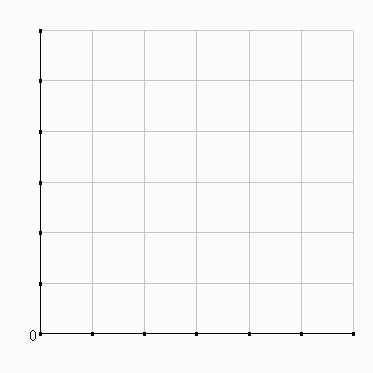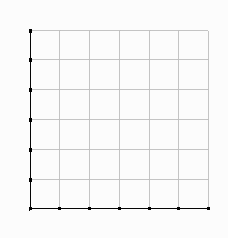B. EXTENSIONS AND
APPLICATIONS OF CONSUMER THEORY
Goals of section IIB
(1) interpret U's and their behavior to see key demand concepts:
responses to income and price
(2) extend our notion of consumer welfare to situations of interrelated
markets
(3) apply the general equilibrium model to policy situations.
1. CHANGING BUDGET
CONSTRAINTS
Focus: How does the consumer's otpimum change when
income or prices change?
We'll consider income first, then price.
a. INCOME CHANGES
The income-consumption curve (ICC): Traces out how consumption of X and Y change with income, holding relative prices
constant
| Recall that a change in
income means a parallel shift of the budget line to BLb, for example. With more income, the consumer's utility will rise, so the
consumer's new optimum could be any of the points on BLb that lie above Ua.
Suppose the consumer's new optimum is at point 'b' (up and right from
'a')
The income-consumption curve
(ICC) traces out how consumption of X and Y change with income, holding relative prices
constant
(available online: Income changes and the Income
Consumption Curve (ICC))
? Is X normal or inferior?
? Is Y normal or inferior? |
 |
 |
|
Worksheet
Illustrations
of worksheet examples (Java) Summary: The
ICC tells you directly whether or not you have an inferior good present
Note1: a negatively-sloped ICC => one of the goods is inferior
Note2: At least one good must be normal
Note3: Inferior does not mean a bad |
 |
 |
|
b. PRICE CHANGES
(1) The price-consumption curve (PCC)
A price-consumption curve (PCC)
traces out the entire set of optimal consumption points as the price of X changes.
(2) The demand curve for an
individual (D): Shows how Qd changes as Px changes.
Recall that the BL slope gives the relative price of
X: |-DY/DX| = Px/Py.
Since the Y-good here is Ig (income spent on other goods), in this case
the slope tells us Px in dollars.
The four quantities and related prices in this case allow us to trace
out the consumer's demand (see worksheet)
Next topic

